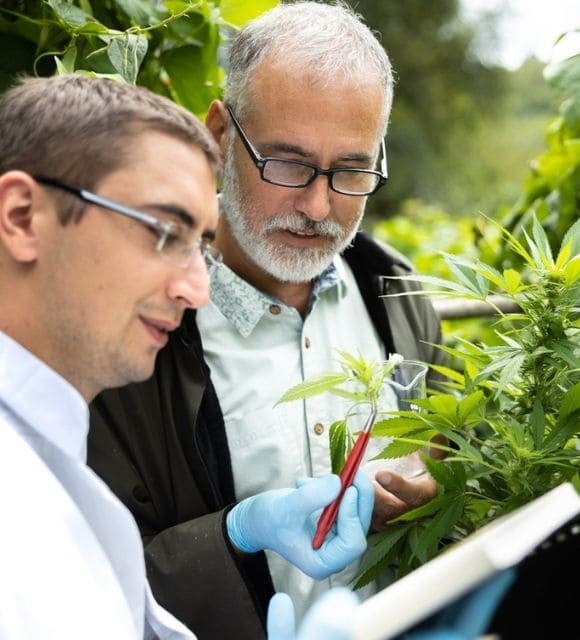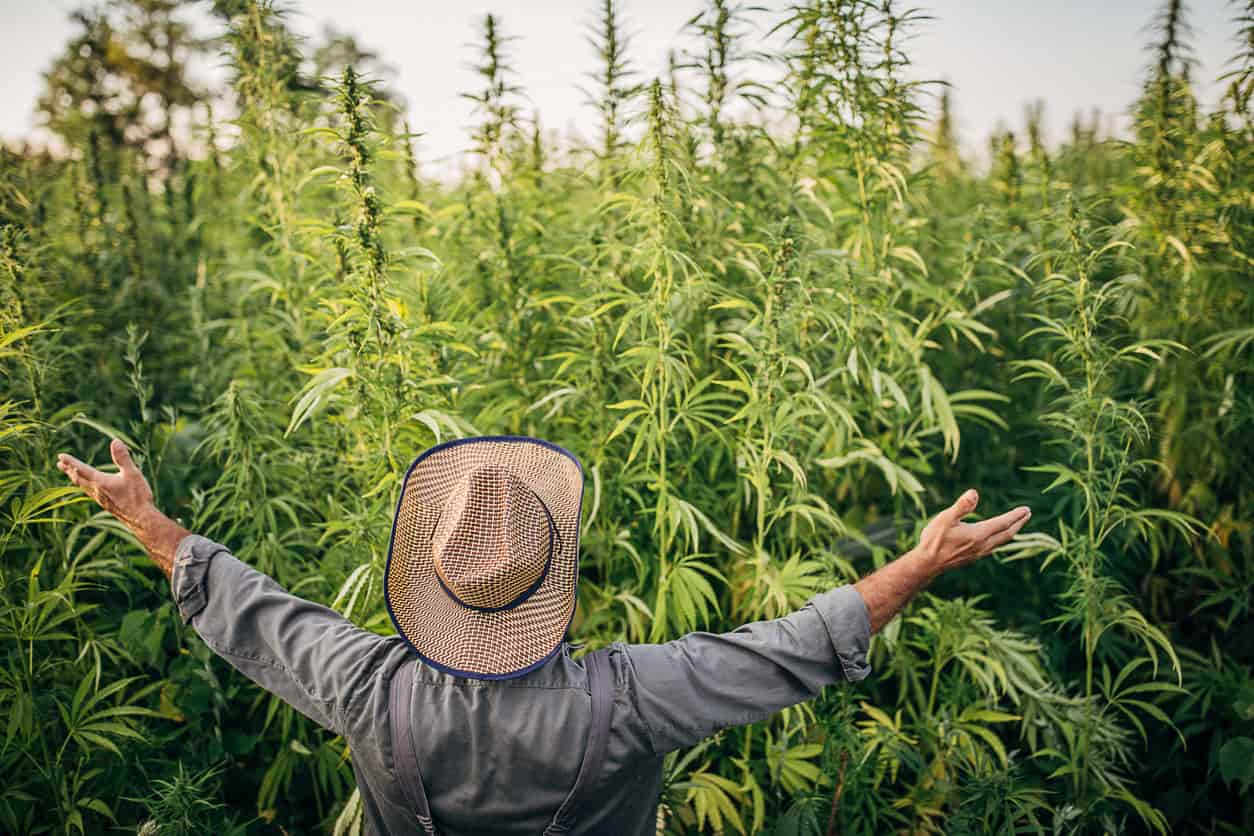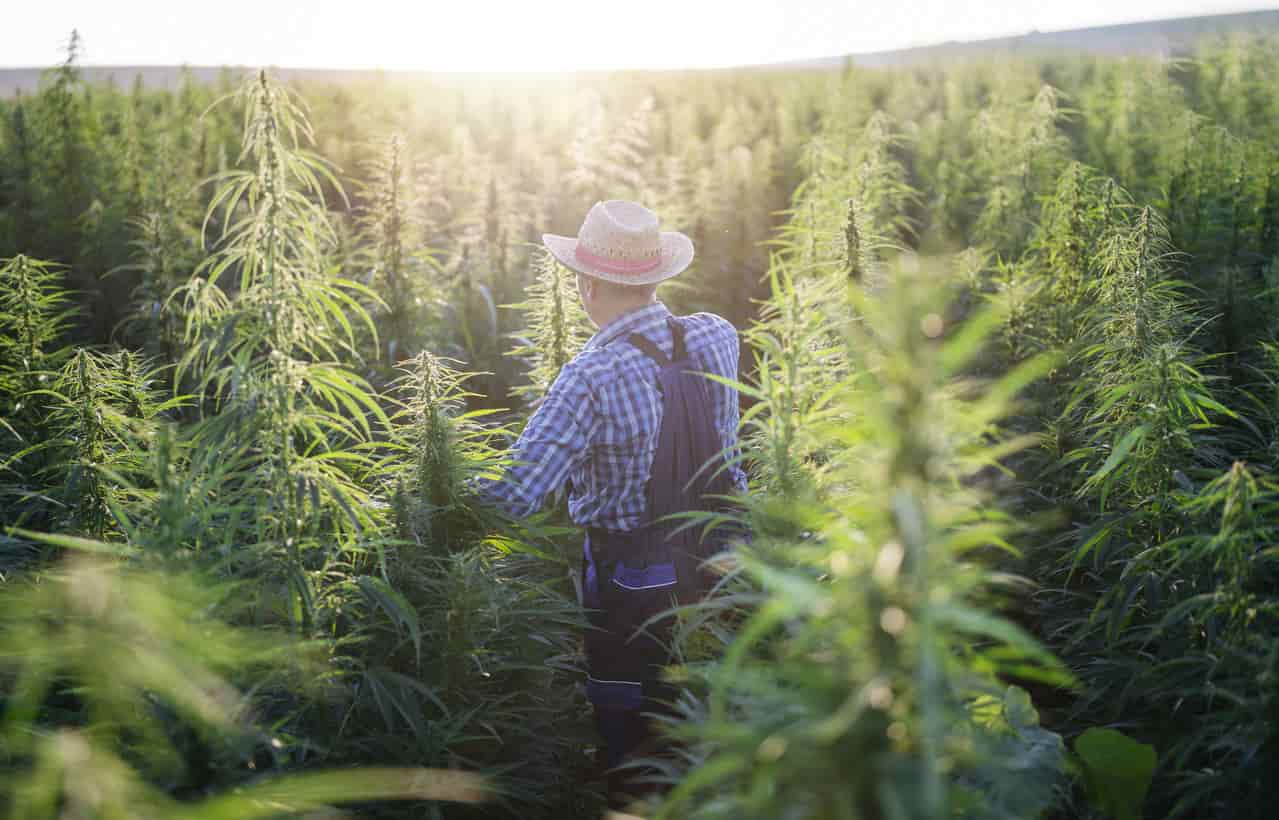Cannabidiol (CBD) is one of many chemical constituents called cannabinoids found in the cannabis plant. CBD does not have negative effects on the brain, unlike THC, nor is it addictive. In addition, it works on the nervous system to control anxiety, stress and pain.
Over the years, many scientists and researchers around the world have contributed to the CBD story. Since the discovery of its molecule in 1940, research and different studies on cannabidiol have continued to increase. Let's take a look at some of the precursors to the history of CBD, without whom, we would never have known about its benefits.





